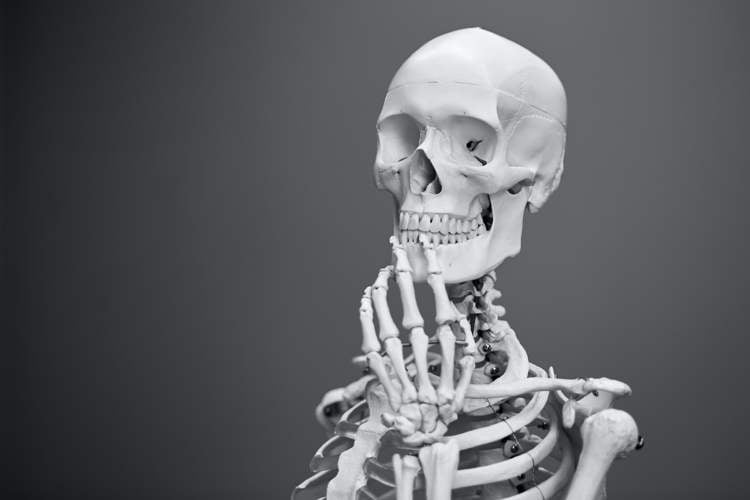In 1994, a man was involved in a serious car accident that should have left him with at least a few broken bones. But he suffered no fractures at all, because he had the densest, strongest bones anyone had ever seen.
When doctors looked at the X-rays of the man involved in the car accident – his name was never disclosed to the public – not only did they notice no fracture, but also that his bones seem to be unusually dense, eight times denser than normal, to be precise. This was unlike anything they had ever seen or even heard of before, so they referred the man to Karl Insogna, the director of the Yale Bone Center. Insogna performed additional tests, but after failing to discover a cause for this unusual bone density or any negative effects associated with it, he sent the man on his way. As fate would have it, a few years later, the researcher would come across a few people with similarly dense bones, which turned out to be distantly related to that remarkable man he’d examined…

Photo: Matthew Schwarz/Unsplash
Around the year 2000, Karl Insogna came across a Connecticut family who had very dense bones and unusually-square jaws, but otherwise normal skeletons. One of the family members, a doctor himself, had several hip replacement surgeries under his belt because his bones were so tough that doctors couldn’t screw the prosthesis into them. Insogna was reminded of the remarkable individual he had met in 1994, and after tracing the family’s origins determined that they and the car accident survivor from years past could be traced back to an extended kin group on the Eastern seaboard.
After analyzing their unusual traits, Karl Insogna started focusing on a region of chromosome 11 that seemed responsible for their incredibly dense bones. He wasn’t the only one. A team at Case Western Reserve University had found a gene mutation called LRP5 which they had linked to bone density, and that turned out to be the key.

Photo: Cara Shelton/Unsplash
Then, a team from the Osteoporosis Research Center at Creighton University in Omaha discovered the exact same mutation in a Nebraska family whose 21 members, ranging from age 3 to 93, had never suffered a bone fracture their whole lives.
Before long, the LRP5 mutation had become big news among geneticists, several studies were being published on the subject, and families with the potential mutation from all over the United States were getting in touch with researchers. All of them seemed to have some variant of the LRP5 mutation.
Today, many questions about the LRP5 mutation remain unanswered, but with the advent of genome sequencing technology, scientists are hopeful that the discovery of these incredibly dense human bones could lead to new treatments or even a cure for debilitating conditions like osteoporosis.
“In contrast to other bone mass mutations, this is gain in bone formation, not inhibition of bone breakdown,” Prof. Insogna said. “In osteoporosis, that’s the Holy Grail.”












